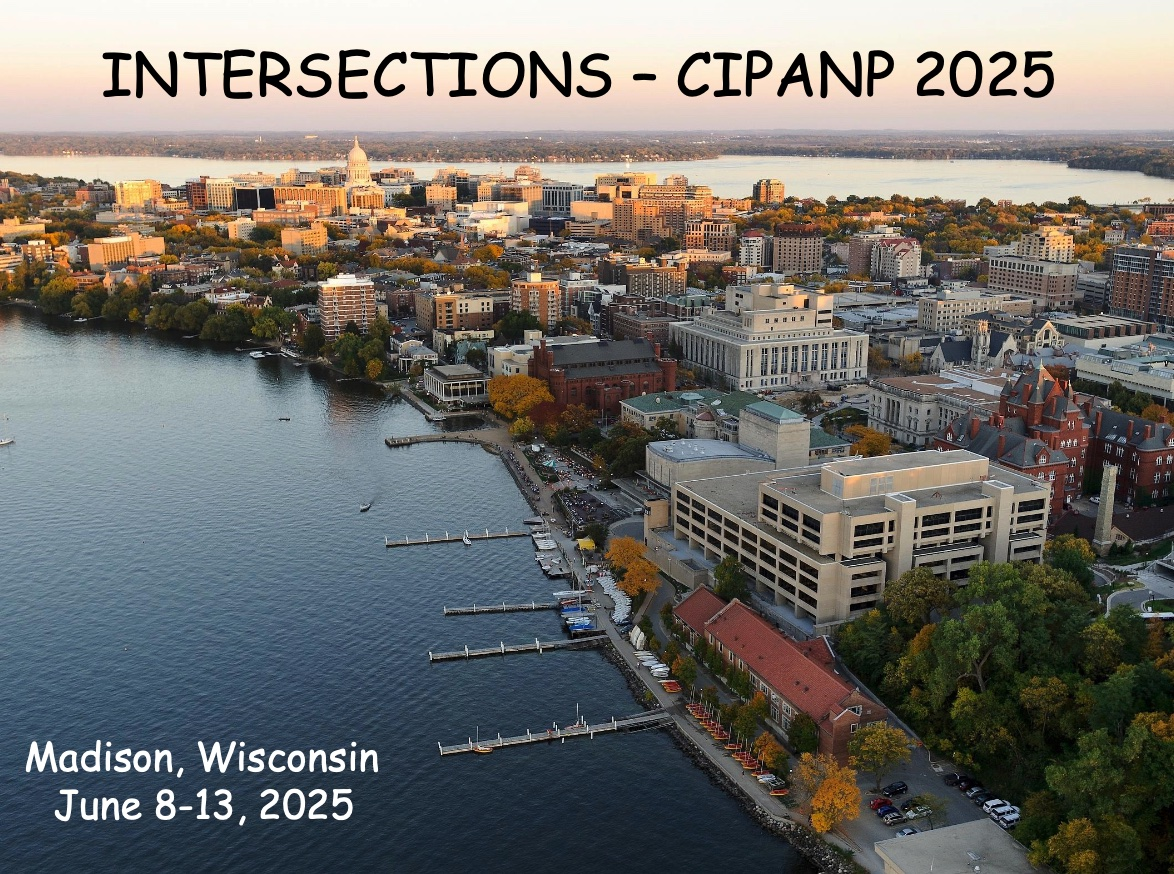Speaker
Description
Recent advances have enabled precise joint mass–radius measurements of isolated neutron stars through Shapiro-delay observations with NASA’s Neutron Star Interior Composition Explorer (NICER) detector aboard the International Space Station. Intriguingly, NICER’s first two data points suggest a surprisingly weak dependence of radius on mass, with 1.4 and 2.0 solar mass stars showing similar radii. This hints at a stiffening of the neutron star equation of state (EoS)—the relation between pressure and density that determines how massive and compact these stars can be. From the theory side, at the densities relevant to neutron stars, the underlying theory of strong interactions—quantum chromodynamics (QCD)—cannot be solved directly. Instead, we must model the EoS based on differing assumptions about the relevant microscopic degrees of freedom and test these models against astrophysical and theoretical constraints.
Realistic microscopic EoSs that include beyond proton and neutron degrees of freedom, such as deconfined quarks or hyperons, often exhibit complex features in the speed of sound as function of density, including bumps, kinks, and plateaus. This raises key questions: Can such features, within uncertainties, account for the observed mass-dependence of neutron star radii? How might exotic phases manifest in neutron stars, and do models including them provide a better fit to data than those with only protons and neutrons? I will discuss a novel approach using modified Gaussian processes to model such nontrivial features in the EoS [1]. Through a fully Bayesian analysis incorporating NICER data, gravitational-wave observations, and perturbative QCD calculations, I will show that these features are consistent with current observational and theoretical constraints within uncertainties. Additionally, we find that modeling nontrivial behavior in the EoS is essential for determining the internal composition of neutron stars, particularly at densities around twice nuclear saturation.
[1] D. Mroczek, M.C. Miller, J. Noronha-Hostler, and N. Yunes, PRD 110 (2024)

